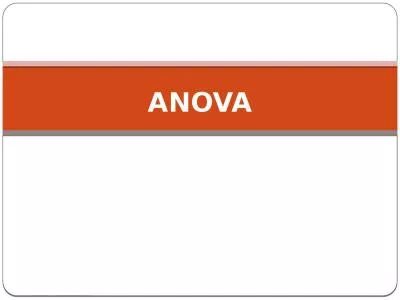PPT-BMS 617 Lecture 14: Two-Way ANOVA
Author : natalia-silvester | Published Date : 2018-03-18
Marshall University Genomics Core Facility TwoWay ANOVA In oneway ANOVA we measured a continuous variable in three or more different categorical groups We think
Presentation Embed Code
Download Presentation
Download Presentation The PPT/PDF document "BMS 617 Lecture 14: Two-Way ANOVA" is the property of its rightful owner. Permission is granted to download and print the materials on this website for personal, non-commercial use only, and to display it on your personal computer provided you do not modify the materials and that you retain all copyright notices contained in the materials. By downloading content from our website, you accept the terms of this agreement.
BMS 617 Lecture 14: Two-Way ANOVA: Transcript
Download Rules Of Document
"BMS 617 Lecture 14: Two-Way ANOVA"The content belongs to its owner. You may download and print it for personal use, without modification, and keep all copyright notices. By downloading, you agree to these terms.
Related Documents














